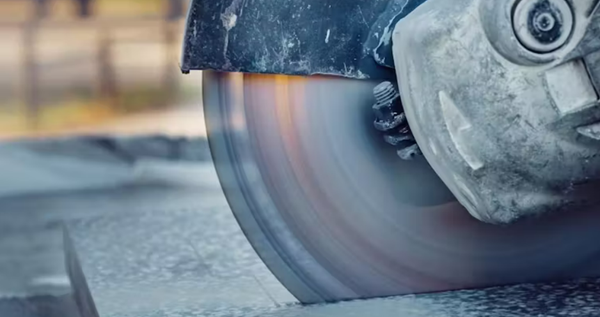Engineered Stone and silicosis.

Engineered Stone and silicosis.
In a world first decision, the Australian Government have just announced that they will be banning all engineered stone products from July this year, due to the ongoing issues concerning worker safety and silicosis. Engineered stone contains approximately 40% silica, and when cut, the silica dust can be inhaled and deposited in the lungs. This causes inflammation and the formation of scar tissue on the lung surface, which in turn inhibits lung function. Once the scar tissue has formed, the lung is permanently damaged.
The dangers of silica dust have been known for decades, but engineered stone has only been used since the year 2000. Safety protocols have been put in place in workplaces which manufacture and install engineered stone products since 2016. However, a study of 540 industry workers in Victoria revealed that 90% had been exposed to dry cutting of the stone, and 28% had developed some degree of silicosis, despite the use of controls. Safe Work Australia found that while silicosis could emerge in workers from many industries, the numbers in engineered stone manufacture was disproportionately high. The majority of the workers diagnosed with the condition were also under 35.
In New Zealand, WorkSafe visited 60 of the 132 organisation’s that manufacture engineered stone and found deficiencies in safety procedures in 31 of those. These statistics tend to suggest that awareness of the issue and regulated controls has not been enough to prevent workplace exposure, and hence the ban.
Crystal ball gazing tells me that where Australia goes, New Zealand tends to follow, and I think this is the right step. However, there is a rather large elephant in the room which needs to be addressed. Natural stone products, concrete, some cladding, and even tiles also contain a large proportion of silica. If the rationale for banning engineered stone is valid, then logic dictates that similar action may need to be taken for other products.
The ban on engineered stone appears to be a case where elimination may be the only answer. Wet cutting of stone only reduces the amount of dust exposure, and masks and respirators are not always effective. Dust also accumulates on clothing, which can lead to exposure once a respirator is removed. My hope is that the ban further focusses the industry on the dangers posed by silica dust, and the realization that even low levels of exposure can cause significant harm.